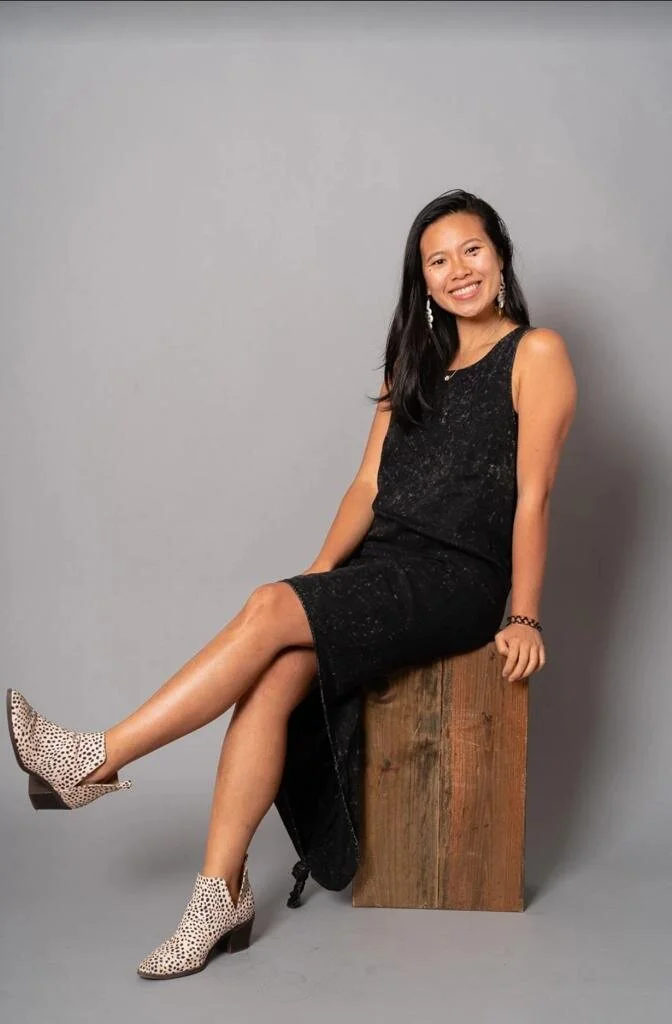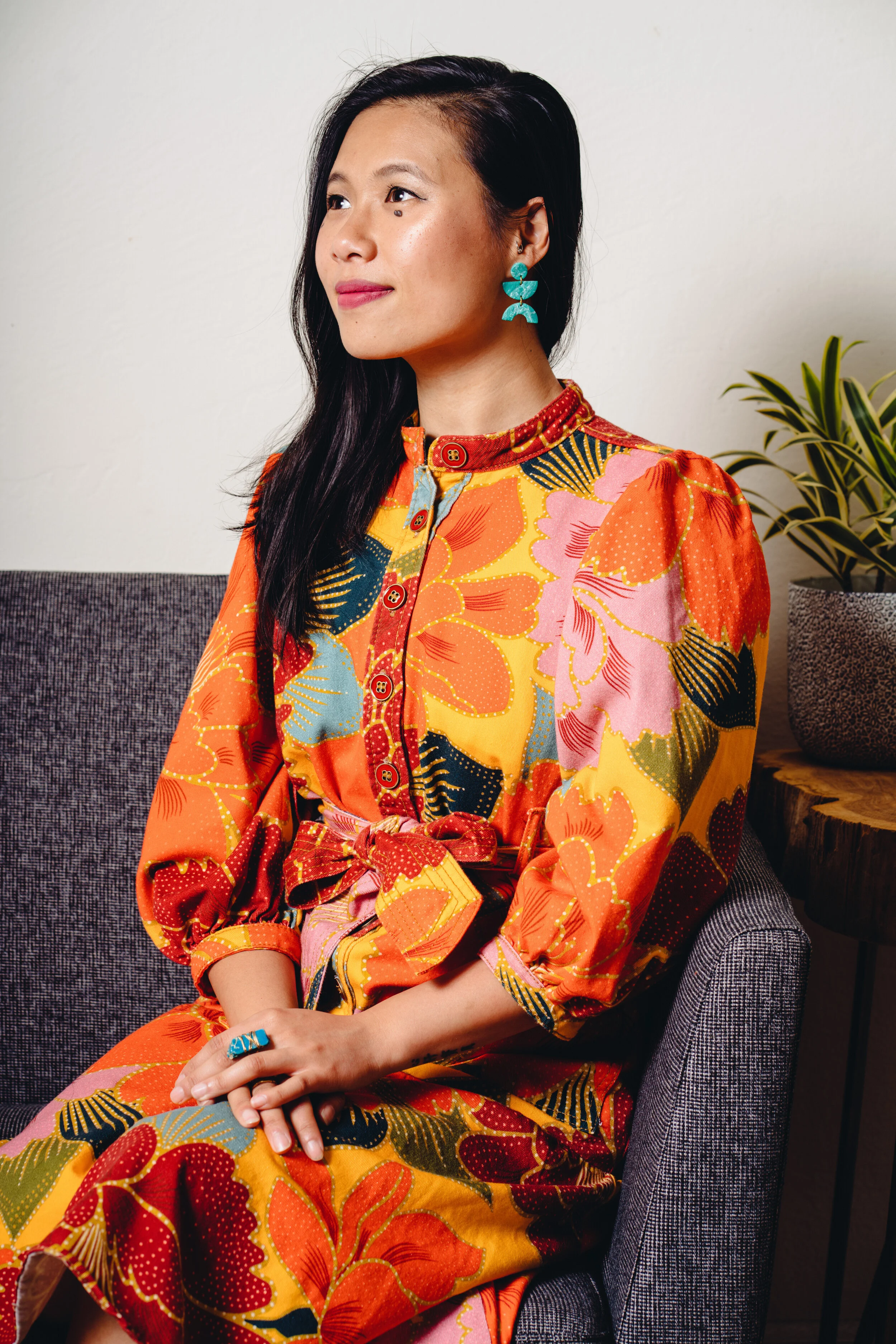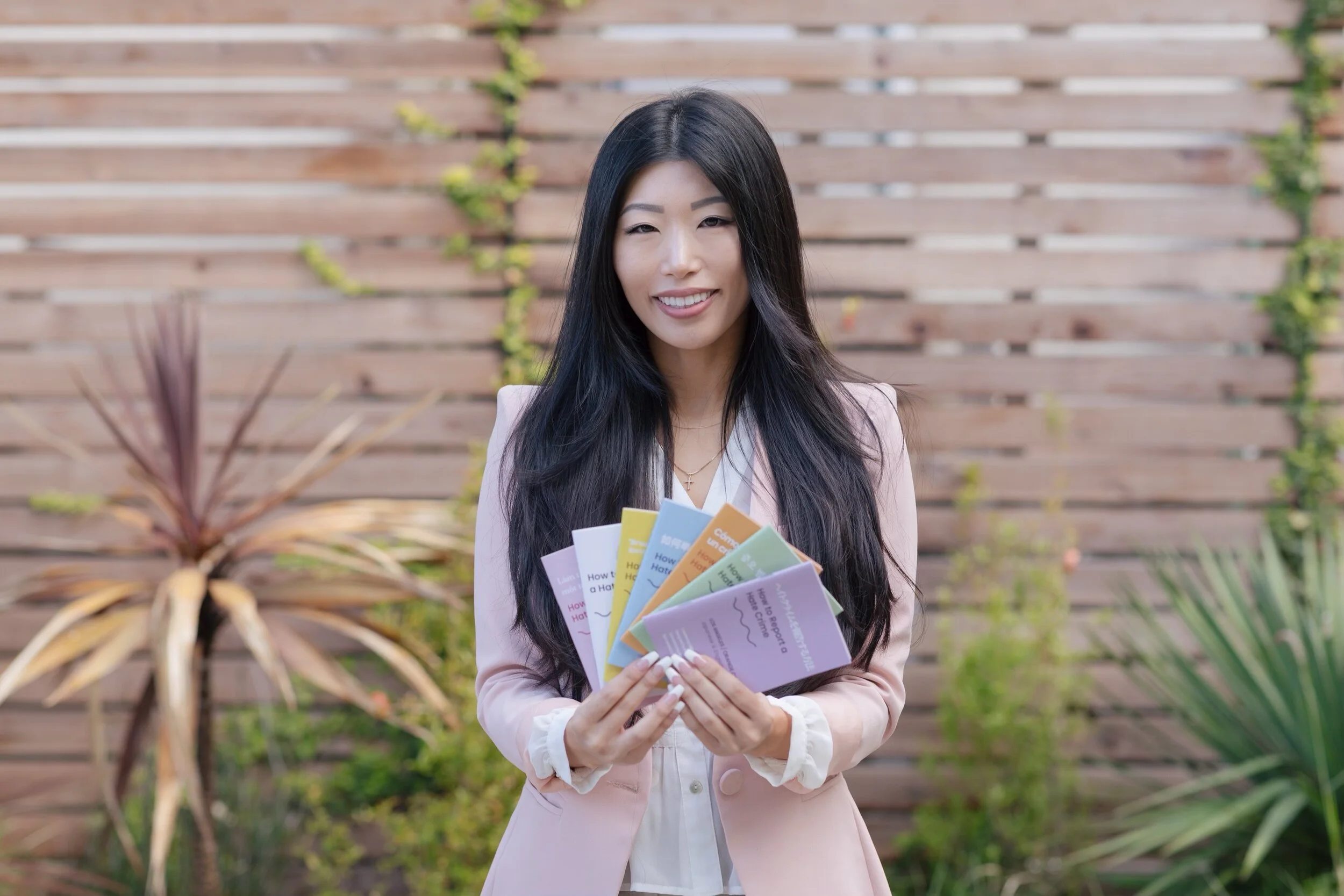annie’s t cakes
Vegan, gluten-free, and upcycled Taiwanese pineapple cakes with each one hand-molded and stamped with a small "P" in the upper right-hand corner.
ABOUT ANNIE WANG
chinese american
Q: How did you start your side business, and how has your culture been an influence?
A: I've been a plant-based eater for almost a decade for environmental and ethical reasons. And to be honest, I really missed the foods I grew up eating including bakery bread and anything at dim sum. For years, I was never able to find animal-free substitutes that could bring me back to those memories of sitting with family on Sunday afternoons, pushing around a lazy susan, and getting aggressively yelled at to order by people zipping between tables pushing carts around. So, I really wanted to find a solution for myself, and also help others who were like me - people seeking more sustainable diets who still wanted to eat the foods they grew up with. Not to mention, I wanted to bring more culturally specific foods to the food system and help bring more cultural representation to the forefront.
Q: How did you get into baking? And more specifically, Taiwanese pineapple cakes?
A: Over the summer, I thought about what foods I missed eating and challenged myself to try and recreate plant-based versions of them. It seems silly now looking back on it, but when I first made the Taiwanese pineapple cakes, I didn't think anyone would know what I was talking about. A big part of the reason was because the cakes were a snack I ate growing up, but not something I ever shared with people outside my family or really even talked about with anyone. But after doing some research over the summer while I was working on the recipe, I realized how loved they are. And I'm glad because I used to LOVE eating these growing up too. Now, I get to share them with other people who love them just as much as I do (and some people that love them even more!).
Q: What drives your creativity, and what inspires you to continue the work that you're doing?
A: Before I was baking, I worked at an environmental nonprofit and two food tech companies in the Bay Area. But the one thread that tied together all my work has always been a drive to positively impact the climate. I'm so happy I have been able to find a way to make that impact through the food system. Every time I learn more about the amazing work that people (especially AAPI and BIPOC people) are doing to better the food system, it inspires me to keep plugging away so I can contribute to the collective effort for a better planet.
Q: What does Lunar New Year mean to you, and how important is it to your culture, your family, and your roots?
A: My favorite memory of Lunar New Year growing up was scrubbing the sh*t out of a penny and drowning it in white vinegar with my family so we could put it in a dumpling. Then, we ate those dumplings really slowly so none of us would lose a tooth. Lunar New Year, and really any cultural tradition my parents observe, means a lot to me because it's one of the few times I can see my parents participating directly in traditions they've carried with them their whole lives. Growing up in America as a third culture kid, it's funny to think about how different my childhood was from my parents. I grew up celebrating holidays like Christmas and Valentine's day and it was just second nature. But my parents, like a lot of immigrants, had to learn how to practice those traditions once they got here. When I see my parents go through the traditions for holidays they grew up observing, it's like being able to see into their past. And since Lunar New Year traditions aren't totally ingrained in me like it is for them, it feels like I learn a new tradition or story each time we celebrate together. It flips the script for me and makes me understand a bit more about how they must have felt having to learn all of these foreign traditions in the U.S. so their kids could have that made-for-tv American experience.















